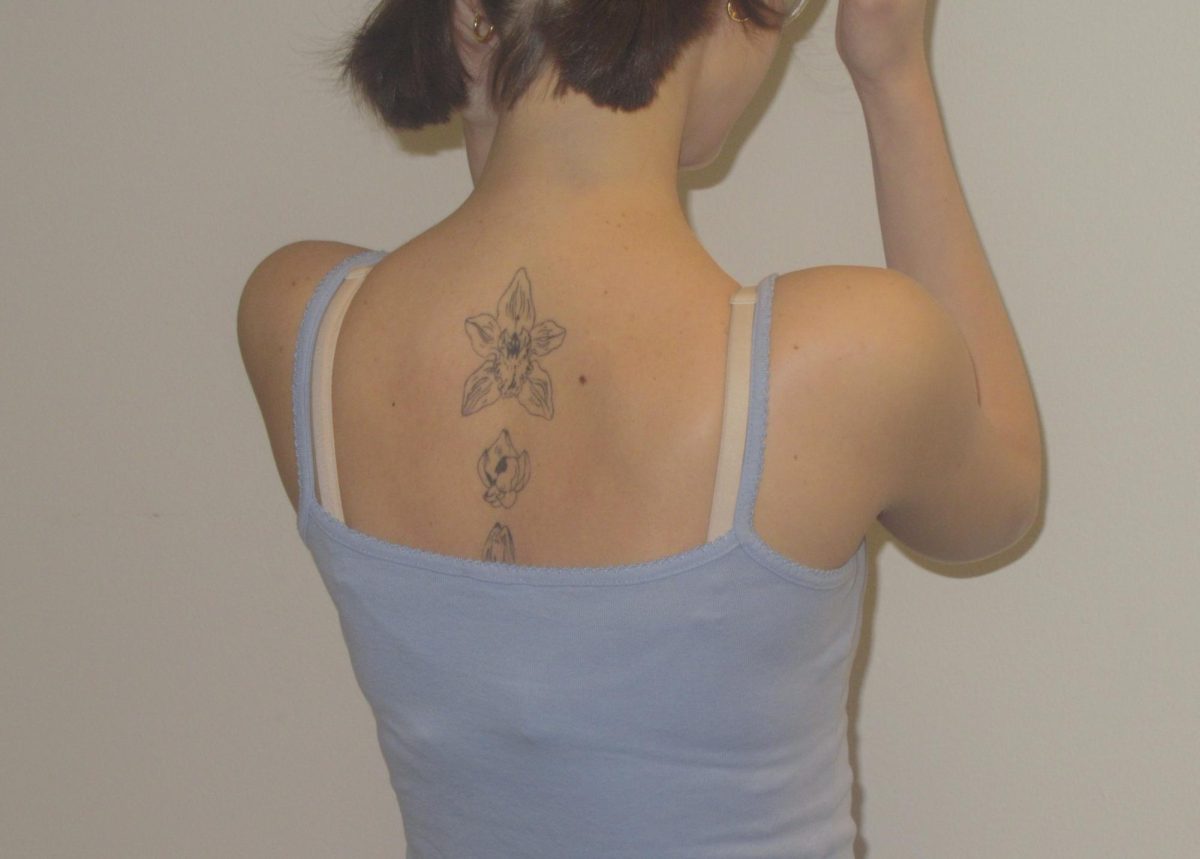Understanding role of academia influencing art
What is the role of the educational community in engaging the world of art?
In 2018, the University of Texas’ Blanton Museum of Art opened their exhibit of famous painter Ellsworth Kelly’s kaleidoscopic chapel, “Austin.”
A gift from the artist himself, the presence of this work turned the museum, and thus the university, into a art connoisseur tourist destination.
The addition of the exhibit drew criticism, considered by some as too worldly, catered toward wealthy donors rather than for the direct benefit of the academic community.
In recent decades, elite universities have spent enormous amounts of money on investing in art buildings, museums and other displays. Princeton’s Lewis Center for the Arts became a $330 million redevelopment of 22 acres that involved relocating the New Jersey Transit Rail Station, according to the New York Times.
This massive amount of investment has been emulated by the likes of Yale University, the University of Chicago, Stanford University and other academic institutions.
While prioritizing the arts has intrinsic value, the debate continues as to what is the best way to incorporate the arts into academic study. Is building expensive, attractive exhibition halls that cater to large crowds and deep pockets the best way to engage the art community on college campuses?
In an interview with the New York Times, Thomas Lentz, director of Harvard University’s Fogg museum, was quoted as saying that the arts will always battle against an “alphanumeric bias,” and that for many in the academic world, “if it is not text and not a number it is not considered knowledge.”
The lack of recognition of the value of art does not translate into the professional community, whereas fields such as graphic design and visual communications are experiencing rapid growth in concordance with our increasingly visual-media-saturated society.
So how do universities approach including art into their communities? How do we recognize the different types of value that art adds to culture and society?
Perhaps the answer lies in the concept of accessibility.
On the first Thursday of every month, 10 Seattle museums open their doors and close their admission gates, inviting the public to come enjoy the content inside.
Museums such as the Seattle Art Museum, the Northwest African American Museum, the Henry Art Gallery and the Burke Museum of History and Culture offer unique blends of local and global experiences and perspectives.
The opportunity to remove barriers from educational experiences is one that ought to be celebrated; prioritizing education by inviting people to experience a variety of artistic mediums from diverse contexts allows both the educational and cultural values of art to materialize.
As students at Seattle Pacific University, we ought to examine the field of art from the vantage point of opportunity and curiosity. At its core, art serves as a means of communication between peoples.
Events such as concerts, exhibitions or other opportunities to see the creative abilities of members of our community, and beyond, create windows into understanding more about technical skill and social commentary.
Our responsibility as a university is to make art as accessible as possible to the students and community alike, and foster a student body filled with curiosity and tolerance.
Being able to share experiences, appreciate creativity and communicate in effective ways is essential to living in a heterogeneous yet unified society.
















































































